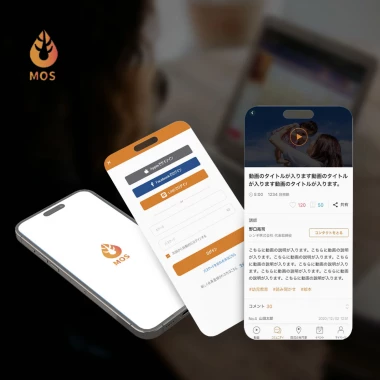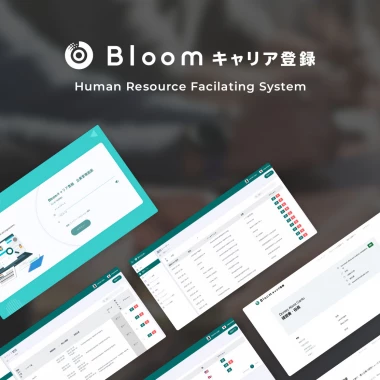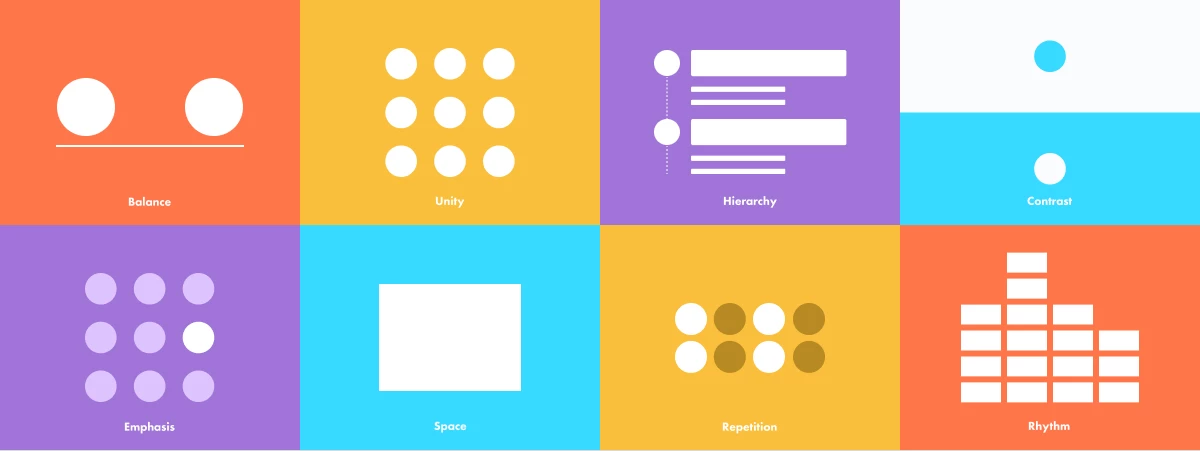Understand the user's needs and perspective.
Create interactive experiences that users love
Bring UX and UI designers on board to make your product shine. Polish your web application with user-centric designs customized for your target audience.

Seamless Multi-platform experience
Design for a consistent, smooth user experience across all platforms and devices.

Build responsive products
Keep users engaged with appealing designs that prioritize consumer needs.

Validate your ideas
Reduce the risk of failure by quickly creating and validating prototypes.

Refine website structure
Design intuitive and user-friendly navigation through effective groundwork & information architecture.
Schedule an expert session with EKbana.
 Schedule a session
Schedule a session
Our Recent Case Studies
Clearly articulate the problem to be solved.
Generate ideas for potential solutions.
Create low-fidelity representations of the ideas.
Gather feedback and use it to refine the prototypes.
Design Process at EKbana
The design thinking process is a five-step UX process for developing user-centered solutions to human problems. A UX design process is a multi-stage end-to-end methodology that incorporates design thinking for delivering UX projects. Design thinking is a problem-solving approach that involves empathy for the user, creativity in generating ideas, and experimentation to test and iterate upon those ideas. It is often used in the design of products, but it can also be applied to other types of problems. The design process involves the following steps:
- Understand
- UX Research
- Ideation
- Design
- Validation
Understand
This is the first step in the design process and involves gaining a deep understanding of the problem that the design is trying to solve, the users who will be using it, and the constraints and requirements of the project. This often involves research and gathering information through methods such as user interviews, surveys, and focus groups. This step helps designers to understand the needs, goals, and motivations of the users, as well as the context in which the design will be used. The blog and knowledge gained in this step inform the rest of the design process and help guide the development of effective and appropriate solutions.
User personal
The user journey is the process of understanding a user's steps to complete a task and improving their experience. It is represented visually and each step is a separate stage.
Empathy map
An empathy map typically consists of four quadrants, each representing a different aspect of the user's experience:
- What the user is thinking:This quadrant represents the user's thoughts, attitudes, and beliefs.
- What the user is feeling:This quadrant represents the user's emotions and feelings.
- What the user is saying:This quadrant represents the words and phrases that the user uses to express themselves.
- What the user is doing:This quadrant represents the actions and behaviors of the user.
By creating an empathy map, designers can gain a deeper understanding of the users and design solutions that meet their needs and goals.
UX Research
In this step, designers collect and analyze data and information about the users, market, and industry to inform their design decisions. This may involve competitive analysis, user personas, and user flows. The research step helps designers to understand the users' needs, preferences, and behaviors, as well as the existing solutions and competitors in the market.
User Reasearch
It helps designers to understand the needs, goals, and behaviors of the users and inform the design process.
Competitive Analysis
A competitive analysis is a way of evaluating how well your business and its products or services are performing compared to other companies selling similar products or services in your market. Competitor analyses help you improve your business in these ways:
- Identify your strengths and weaknesses.
- Understand the marketplace you operate in.
- Evaluate trends in your sector.
- Plan future growth.
Product Research
Product research is the process of gathering and analyzing information about a product or service in order to understand its features, benefits, and potential market. This type of research can help a company to identify opportunities for new products, improve existing products, and better understand the needs and preferences of its target customers. Some common methods for conducting product research include market surveys, focus groups, and online analytics. This research can be used to inform product development, marketing, and sales efforts.
Ideation
This step involves generating ideas and concepts for the design solution. Designers may use techniques such as brainstorming, sketching, and prototyping to generate a range of ideas. The ideation step helps designers to explore different approaches and solutions to the design problem and to identify the most promising ones.
Braindstroming
Brainstorming is a creative problem-solving technique that involves generating ideas and solutions through a group discussion. The goal of brainstorming is to generate as many ideas as possible without evaluating them, in order to come up with creative and unique solutions to a problem.
User Flow/IA
A user flow is a diagram that shows the steps a user takes to complete a task or achieve a goal on a website or application. It helps guide users through the interface and provides a logical and efficient path to access information and features.
Sketching
Sketching is a way to quickly and cheaply explore and communicate design ideas. It is an important tool for visualizing and iterating on concepts, and can help designers and stakeholders better understand the potential direction of a design.
Low Fidelity Wireframe
Low-fidelity wireframes are rough, simplified versions of a product's user interface (UI). They are typically used in the early stages of the design process to quickly test and iterate on ideas without getting bogged down in the details.
Design
In this step, designers create detailed designs for the solution, including visual design, user interface design, and user experience design. This may involve creating wireframes, prototypes, and mockups to visualize and test the design. The design step helps designers to refine and polish the chosen solution and to ensure that it meets the needs and goals of the users.
High Fidelity Wireframe
A high-fidelity wireframe is a detailed visual mockup of a website or app that closely resembles the final product. It includes design elements like images, typography, and colors and is used to communicate the user experience. It is created with design tools and used throughout the design process to convey ideas to stakeholders and developers. High-fidelity wireframes are functional, providing realistic interactions and consistent navigation.
Interaction Design
Interaction design improves the user experience of digital products like websites and mobile apps by designing the behavior and interactions to be intuitive and efficient. It's a user-centered process that involves tools, research, testing and collaboration with designers, developers, and stakeholders.
Prototype
The prototype process involves creating a preliminary version of a product or system, testing it, and refining it until it is finalized and ready for production or implementation. This is done through a series of iterations, starting with an idea or concept and progressing to a detailed design and a physical or functional prototype, and can range from low-fidelity sketches to high-fidelity prototypes.
Design System
A design system is a collection of guidelines, standards, and tools that establish a consistent look and feel across a product or organization. It includes elements such as colors, typography, spacing, and components.
Design Handoff
A design handoff is the process of passing a design from the designer to the developer. The key goal of the process is to ensure that all necessary assets and information are included and that everyone is on the same page, this way, the final product is as close to the original design as possible.
Validation
Design validation is the process of evaluating a product's design to ensure it meets requirements and objectives through testing, inspection, and analysis. It can include various types of validation such as functional, structural, environmental, safety, and human factors. The process involves multiple rounds of testing and modifications until requirements are met. Once done, product can proceed to next stages.
Usability Testing/Heuristic Evaluation
Usability testing can be an extremely valuable tool for improving the overall usability and user experience of a product. By identifying and addressing usability issues early in the design process, developers can create products that are more intuitive, efficient, and satisfying to use.
User Interview
As the design process progresses, user interviews can be used to evaluate the usability of prototypes and early versions of the product, and to identify areas for improvement.
Analytics
Analytics can be an important tool in the design validation process, it provides quantitative data about user behavior and engagement with a product or system. This data can help identify issues and areas for improvement in the product's design and usability.
In practice, analytics can track visitor numbers, page views, clicks, and other interactions on a website or application. This can provide insight into user navigation, popular pages, and features. It can also help understand where users may encounter problems. This data can be used in conjunction with other validation methods such as usability testing and user interviews to provide a more complete understanding of user interaction.
Interested in building something similar?
Request a Free one-on-one consultation for
your next big idea.
More From EKbana
 See Related Blog
See Related Blog



